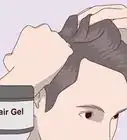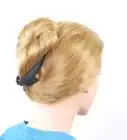This article was written by Amber Rose and by wikiHow staff writer, Jennifer Mueller, JD. Amber Rose is a Licensed Cosmetologist and the Founder and Owner of Quality Style Weaves and Braids Salon in Orlando, Florida. With over ten years of experience, Amber is experienced in twists, braids, weaves, cutting, styling, and conditioning treatments. She specializes in hair growth for all hair types.
This article has been viewed 13,123 times.
If you're looking for a light, fun protective hairstyle that's easy to maintain, why not try knotless box braids? Thanks to the feed-in technique used to merge the synthetic hair with your regular hair, knotless box braids don't pull on your scalp like traditional box braids do. In fact, they're virtually painless! And while the braiding technique might seem complicated at first, it's pretty easy once you get the hang of it. Read on to find out everything you need to know about doing knotless box braids, including how to maintain them after they're installed.
This article is based on an interview with our licensed cosmetologist, Amber Rose, founder and owner of Quality Style Weaves and Braids Salon. Check out the full interview here.
Things You Should Know
- Divide your hair into 4 sections by parting vertically straight down the middle, and then again horizontally about halfway down the back of your head.
- Section the large sections into smaller sections. Grab a small section and divide it into 3 parts. Apply mousse or gel, and run a comb through it to detangle.
- Braid 2-3 links and add the synthetic hair. Then, braid 2-3 links, add synthetic hair to a new section, again braid 2-3 links, then add synthetic hair to the final section.
- Keep braiding down to the tips of your hair, then dip the braid ends in boiling water to seal them and enjoy! They should last for about 6 weeks.
Steps
Prepping Hair for Braids
-
1Grow your hair until it's at least 2 in (5.1 cm) long. This is the absolute minimum—it's definitely easier to work with hair that's 3 to 4 in (7.6 to 10.2 cm) long.[1] If you're a beginner, longer hair will be easier for you to work with.
- For traditional box braids, you typically only need hair that's about 1.5 in (3.8 cm) long.[2] But because knotless braids use a feed-in technique that requires you to braid a few links of your natural hair before adding the synthetic hair, you need a little more length.
-
2Wash and condition your hair. Before braiding, it's best to use a combination shampoo and conditioner so your hair won't tangle while you're washing it. If you're conditioning separately, detangle your hair with the conditioner in it.
- If your hair is naturally dry, add a moisturizer after washing.
- Deep-conditioning treatments are great to do before this protective style! Try a hot oil treatment to get your hair in great condition before braiding.
Advertisement -
3Detangle your hair. Take a small section and start with the tips of the hair, gently working out the tangles with your fingers or a wide-toothed comb. Use a detangling spray as necessary to make this process a little easier, especially if your hair gets super tangled easily. Keep going until you can comb through all of your hair from root to tip.
- You might want to blow dry your hair straight after you're done detangling it. Straighter hair is easier to braid and blends seamlessly with extensions.[3]
-
4Lay out your braiding hair in sections as thick as you want your braids to be. For best results, use kanekalon braiding hair in a texture similar to your natural hair. Divide the hair into sections for each braid, then take each braid section and sub-divide it into 3-4 sections. These are the pieces you'll feed into your braid as you go.
- Have at least 4 packs of braiding hair on hand for your knotless box braids. If you want longer braids—say, to your waist—you might need 5-7 packs.[4]
-
5Divide your natural hair into 4 even sections. Section your hair by parting vertically straight down the middle, then horizontally about halfway down the back of your head. This gives you smaller sections to work with. Use clips or hair ties to keep the sections separated from each other.
-
6Map out the size and placement of your braids. Decide on box-shape or triangle-shape braiding sections, then roughly part out each section. Secure each section with a small rubber band so it's out of the way.
- The size of your braiding sections depends on the size of braid you want. Generally, use a 0.5 in (1.3 cm) section for small or micro braids, a 1 in (2.5 cm) section for medium-size braids, or a 2 in (5.1 cm) section for jumbo braids.[5]
- A pro typically won't do this, but if you're new to box braiding, it'll help you make sure all your parts are straight and your sections are even.
- Separating your hair out this way also makes it easy to take breaks—which you'll definitely need to do since it can take 6-8 hours to install knotless box braids.
Braiding Your Hair
-
1Pull down the first braiding section. Apply some hair gel to the roots of the section, then split it into 3 parts. You might also want to run a comb through it for a little extra detangling and to distribute the gel throughout the hair.
- Keep a dab of gel on the back of one of your hands so you'll always have it handy when you need it while you're braiding.
- Pros usually start with the bottom row at the back of the head and work their way up. But if this is your first time and you need to be able to see what you're doing, you might find it easier to start at the front.
-
2Braid down for 2-3 links. For this style, do a traditional 3-strand braid. Start by separating your braiding section into right, left, and middle sections. Cross one of the side strands over the middle strand. Then, take the other side strand and cross it back over the (new) middle strand. Repeat with the other side. Continue until you have 2-3 braided links.
- It doesn't matter if you go from right to left or from left to right, but your braids will look more even and consistent if you braid all of them the same way.
-
3Add in a small piece of synthetic hair. Take a sub-divided strand from one of your synthetic braiding sections and tuck it into the strand that you're about to cross over. Then, cross that strand over to continue your braid, incorporating the synthetic hair in with your natural hair.
- Add a little more gel when you incorporate the synthetic hair to help the whole strand stick together.
-
4Braid down another 2-3 links. Continue the regular braiding process, using the next 2-3 links to hold that synthetic strand you incorporated into place with the rest of your hair. Use your own judgment here—depending on the texture of your hair, you might need to braid a little more or a little less to secure the strand.
-
5Add strands of braiding hair to the other two strands of natural hair as you go. Take another sub-divided strand and add it to the braiding strand you're about to cross over. Make sure you have a different braiding strand than you did the first time. Braid down 2-3 links until you're ready to cross over the one strand that doesn't have any synthetic hair added. Then, add a synthetic strand to that one using the same process you did with the other two.
-
6Keep adding synthetic hair until your braid is the thickness you want. Try to add your strands evenly so that the braid itself is even—you don't want one braiding section to be a lot thicker than the others. Stop adding synthetic hair once you get past the crown of your head.
-
7Braid down to the end. At this point, all of the hair you're braiding will be synthetic hair. All you have to do is continue the 3-strand braid until you've reached the end of the extension, then drop it. Now you're ready for the next braid!
- For extra staying power, mist the braid with a holding spray before you move on to the next one.
- You might want to secure the end with a hair elastic if your braids tend to unravel.[6]
-
8Move to the next braiding section and repeat the process. If you're new to this, it might take you a few braids to really get a rhythm going. You'll find yourself getting faster as you go—just remember to always start braiding in the same direction.
- If you're doing your own hair, give yourself plenty of breaks so your arms don't get too tired.
-
9Cover your braids in mousse for a more polished look. The mousse holds everything down and keeps your braids looking neat without a lot of flyaways. This isn't a completely necessary step, but it can help your braids look sleeker and sharper.
-
10Dip the ends of the braids in boiling water to seal them. Boiling water heats the synthetic hair just enough to melt it a little so it sticks together. This sets your braids so they won't come undone.[7]
- If you secured the ends of your braids with hair elastics, take them off before you dip the ends if you don't want the elastic to melt into your braids.
Maintaining Knotless Box Braids
-
1Feel free to style your braids immediately after they're put in. Knotless box braids don't pull on your hair like regular box braids do. This means you can put them up in a ponytail or twist them in a bun right after they're done—you don't have to wait for them to loosen up before you manipulate them.[8]
- Traditional box braids can be really tight, leading to a sore scalp. It could be a week or longer before you can style those braids without pain.
- There's really no limit to the styles you can create with knotless box braids either—anything you can do with regular hair, you can do with these braids.
-
2Protect your braids with a silk or satin scarf while you sleep. Wrap your braids in the scarf before you lay down. The fabric keeps them from frizzing and helps them last longer.
-
3Oil your scalp at least once a week. Scalp oil keeps your scalp moist and also helps the baby hairs lay down so your braids look neater. Just rub it directly into your scalp following all of your part lines. If you're prone to dry scalp or tend to get flakes, you might want to do this more often.[9]
-
4Redo your edges when they start to look ragged. A little edge control product keeps your braids looking fresh longer and your parts looking sharp and neat. Just sleek those baby hairs down whenever you see them.[10]
- Be conservative with any products you use on your braids—too much and they'll start to accumulate buildup and not look fresh.
-
5Wash your braids once a month at most. Since box braids typically last about 6 weeks, you might not need to wash your braids at all if your hair is relatively dry. But for oily or combination hair, wash your braids after 4 weeks. You don't have to do a whole lot different from a normal hair wash—just be gentle with the braids so they don't unravel.
- If you don't want to do a full wash, you can also use apple cider vinegar. Make a solution with one part vinegar to 3 parts water. Soak a washcloth in the solution and wring it out. Use the washcloth to wipe down your braids and the scalp between your braids. Follow up with a light oil or leave-in conditioner after the vinegar smell is gone.
-
6Take your braids down after 6 weeks at most. Knotless box braids last longer than some other types of braids, such as cornrows, but they don't last forever. If they're starting to look raggedy and loose, it's time to take them down.
- The biggest factor for your braids' longevity is the technique and skill of the person who braided your hair. If you braided your own hair for the first time, or had a friend braid it who hasn't practiced much, they probably won't last as long.
- Your braids might start to get heavy as your hair grows out, typically around 2-3 weeks. If they feel like they're pulling on your scalp or causing you neck pain, go ahead and take them out early.[11]
Warnings
- Due to their popularity, braid technicians often charge more for knotless box braids than for traditional box braids. While prices vary greatly, expect to pay a trained braid professional $300 to $600 for knotless box braids.[12]⧼thumbs_response⧽
References
- ↑ https://youprobablyneedahaircut.com/how-long-does-hair-have-to-be-to-braid/
- ↑ https://www.goodhousekeeping.com/beauty/hair/a34292308/box-braids/
- ↑ https://www.stylist.co.uk/beauty/hair/knotless-braids-how-to-low-tension-style/361536
- ↑ https://www.livinggorgeous.com/how-many-packs-of-hair-for-box-braids/
- ↑ https://www.livinggorgeous.com/how-many-packs-of-hair-for-box-braids/
- ↑ https://www.livinggorgeous.com/how-many-packs-of-hair-for-box-braids/
- ↑ https://www.livinggorgeous.com/how-many-packs-of-hair-for-box-braids/
- ↑ https://www.harpersbazaar.com/beauty/hair/a34741180/knotless-braids/
- ↑ https://www.stylist.co.uk/beauty/hair/knotless-braids-how-to-low-tension-style/361536
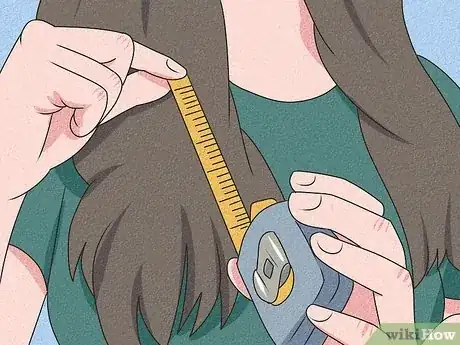
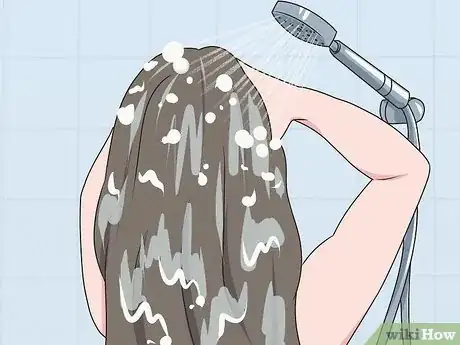

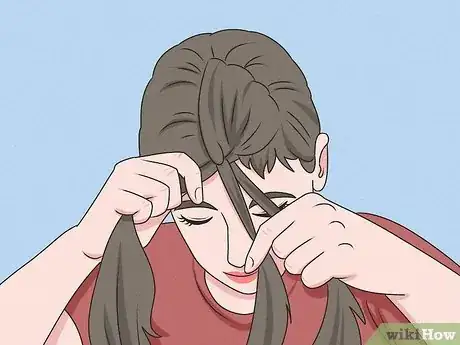
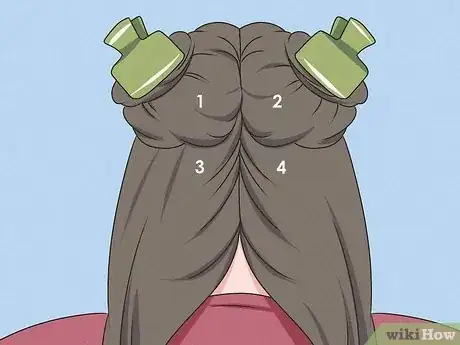
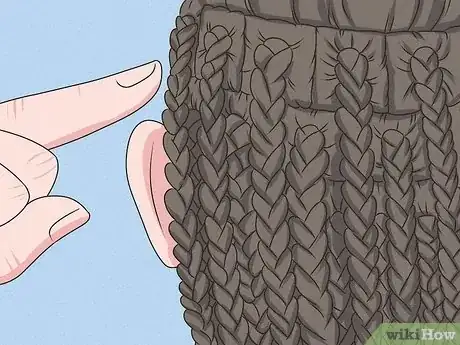
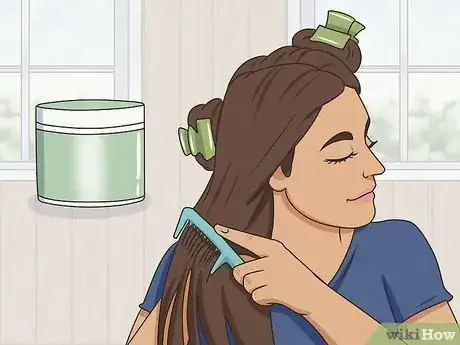
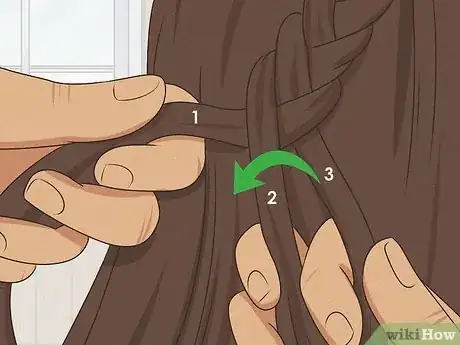
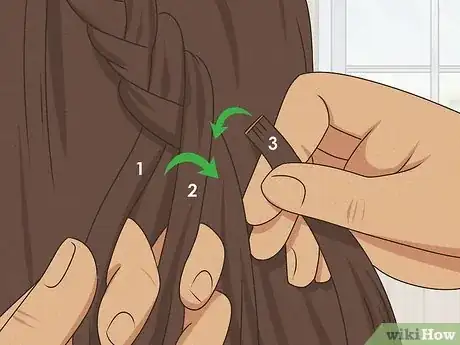
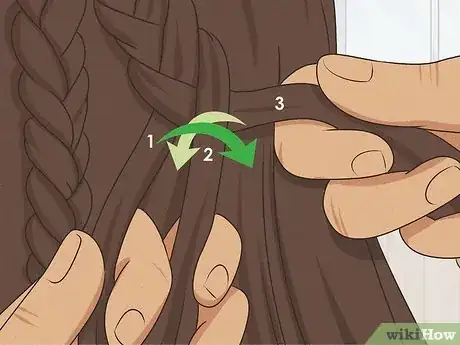
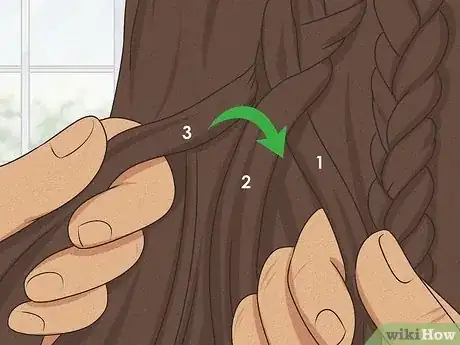
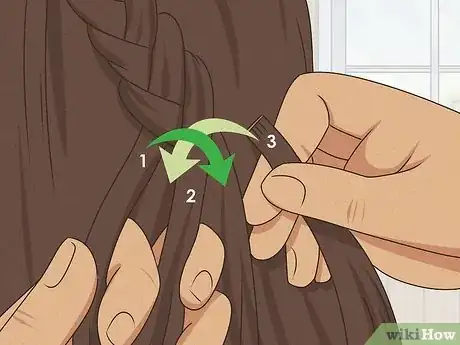
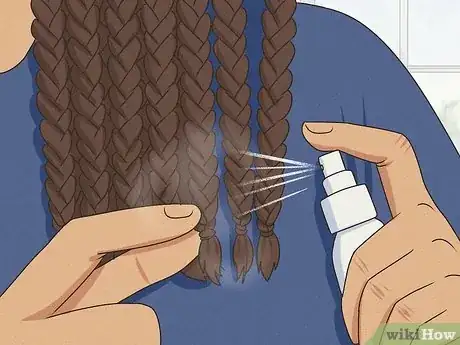
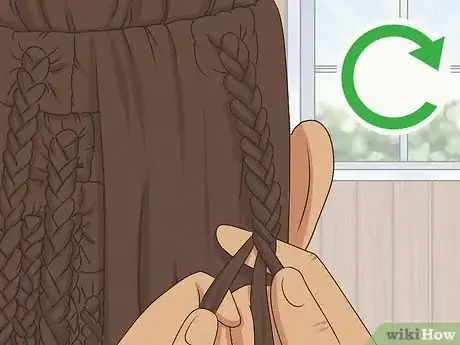
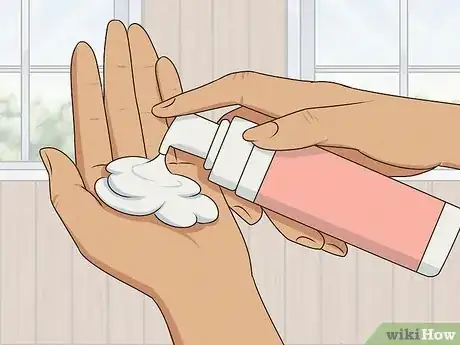
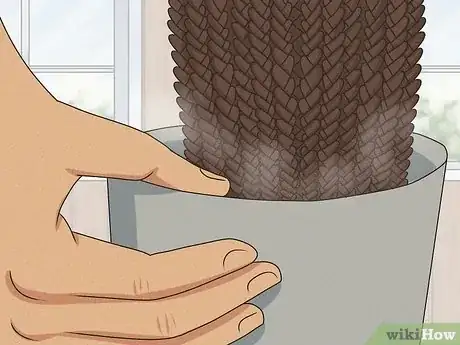
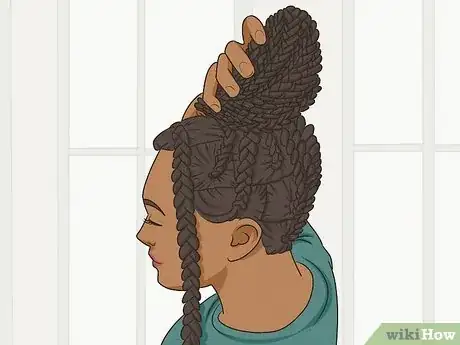

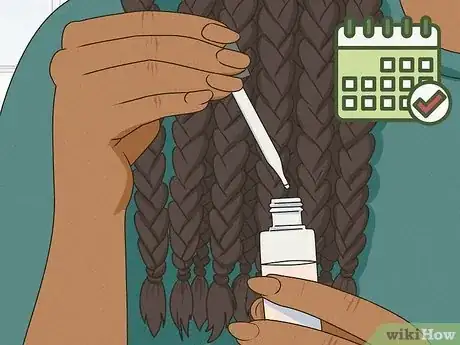
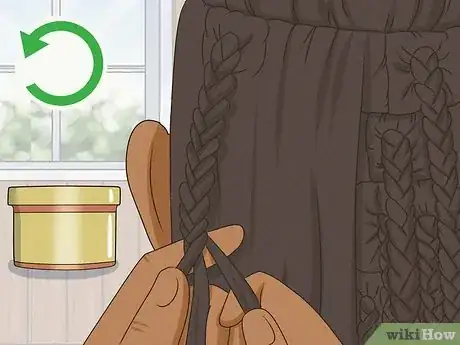
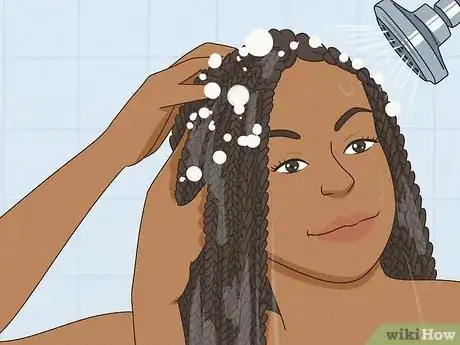
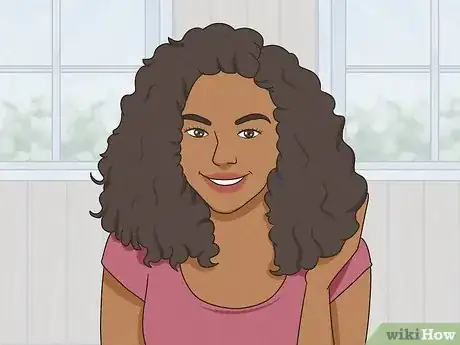
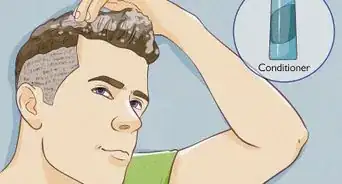

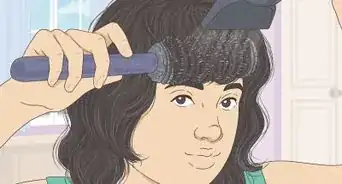




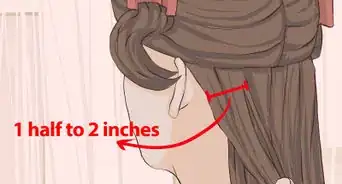

-Step-15.webp)








